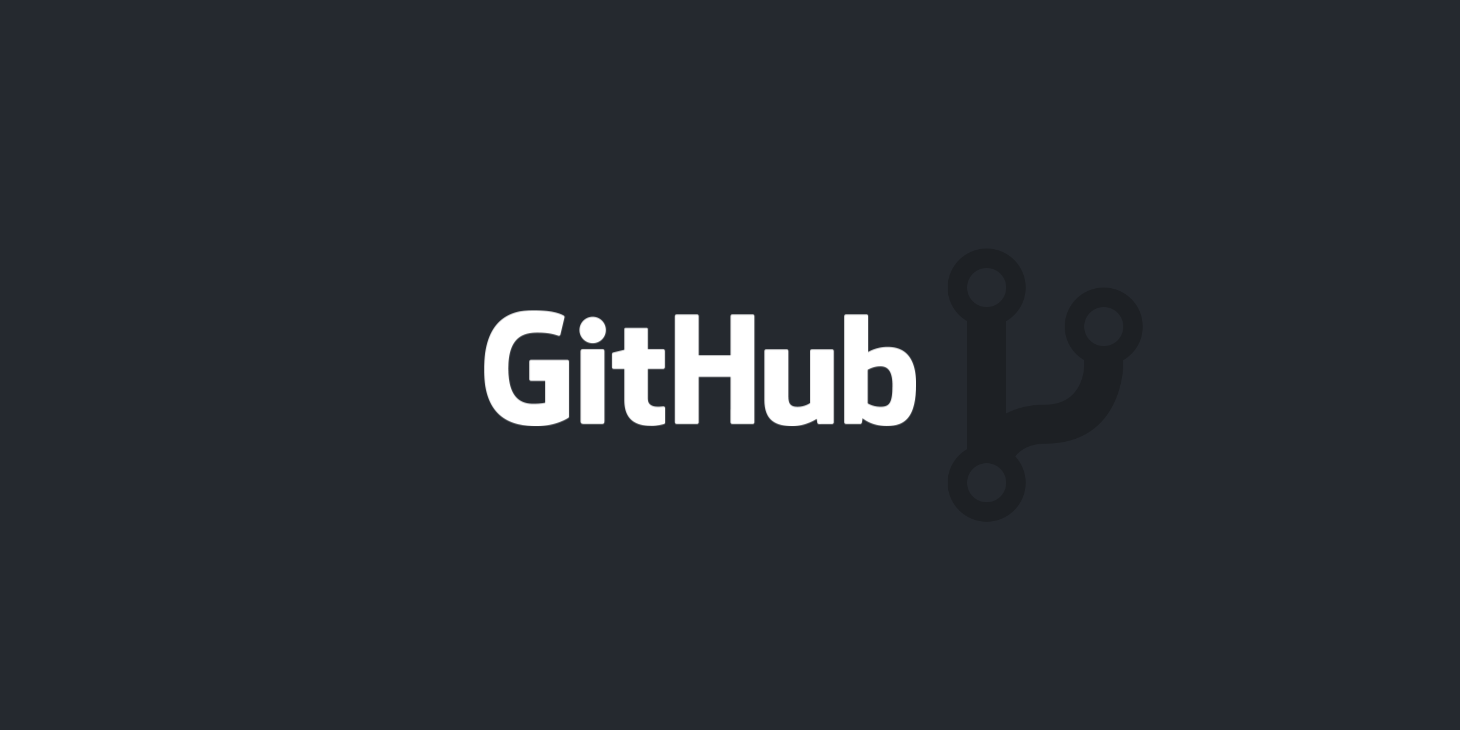Description
Introduction of Cloud & Edge Computing in IoT
Cloud & Edge Computing are two pivotal technologies in the IoT landscape, each offering distinct advantages depending on the use case. This course explores the key differences between them, their respective benefits, and how to leverage them effectively within IoT environments. Participants will gain insights into selecting the right approach for various scenarios, understand the trade-offs involved, and learn best practices for implementing both cloud and edge solutions in IoT systems. The course includes real-world use cases and practical strategies for optimizing performance and efficiency.
Prerequisites
- Basic understanding of IoT concepts
- Familiarity with cloud computing and edge computing fundamentals
- Knowledge of data processing and network architecture
- Experience with IoT device management and deployment (optional)
Table of Contents
1. Introduction
1.1 Overview (Ref: Cloud Computing for ML)
1.2 Key characteristics and differences between cloud and edge
1.3 The role of cloud and edge in the IoT ecosystem
1.4 Benefits and limitations of cloud and edge computing (Ref: Cloud Computing for ML)
1.5 Case studies: Comparative analysis of cloud and edge computing in IoT
2. Cloud Computing in IoT
2.1 Architecture and components of cloud computing for IoT
2.2 Benefits of cloud computing: Scalability, storage, and processing power
2.3 Key cloud services for IoT: Data storage, analytics, and machine learning
2.4 Implementing cloud-based IoT solutions: Best practices and considerations
2.5 Case study: Cloud-based IoT platform for smart home automation
3. Edge Computing in IoT
3.1 Architecture and components of edge computing for IoT
3.2 Benefits of edge computing: Latency reduction, real-time processing, and local decision-making
3.3 Key technologies and tools for edge computing: Edge devices, gateways, and local analytics
3.4 Implementing edge-based IoT solutions: Best practices and considerations
3.5 Case study: Edge computing for industrial IoT applications
4. Comparing Between Cloud and Edge
4.1 Performance comparison: Latency, bandwidth, and data processing
4.2 Cost analysis: Operational and infrastructure costs for cloud vs. edge
4.3 Security and privacy considerations: Cloud and edge perspectives
4.4 Scalability and flexibility: Cloud vs. edge in dynamic environments
4.5 Use case analysis: Selecting the appropriate computing model for different scenarios
5. Hybrid Approaches and Integration
5.1 Combining cloud and edge computing for optimized IoT solutions
5.2 Architecting hybrid systems: Data flow, processing, and storage
5.3 Benefits of hybrid approaches: Flexibility, efficiency, and resilience
5.4 Best practices for integrating cloud and edge computing in IoT
5.5 Case study: Hybrid cloud-edge solution for a smart city infrastructure
6. Best Practices for Implementing Cloud and Edge Solutions
6.1 Key considerations for designing cloud and edge IoT systems
6.2 Strategies for optimizing performance and resource utilization
6.3 Managing and maintaining cloud and edge infrastructure
6.4 Addressing challenges: Connectivity, data synchronization, and system integration
6.5 Case study: Best practices for a multi-cloud and edge IoT deployment
7. Future Trends and Innovations
7.1 Emerging trends in cloud and edge computing for IoT
7.2 Advances in technologies: AI, 5G, and edge AI
7.3 The evolving role of cloud and edge in next-generation IoT applications
7.4 Preparing for future developments and innovations
7.5 Case study: Future trends in cloud and edge computing for autonomous systems
8. Hands-on Lab and Final Project
8.1 Setting up and configuring these environments
8.2 Developing and deploying cloud-based and edge-based IoT solutions
8.3 Implementing hybrid cloud-edge architectures
8.4 Designing a project: Combining cloud and edge computing for a specific IoT application (e.g., smart agriculture, healthcare, transportation)
8.5 Final project presentations, group discussions, and Q&A
This course equips participants with the knowledge and skills to effectively leverage both this systems, optimizing performance, efficiency, and flexibility for a range of applications.







Reviews
There are no reviews yet.